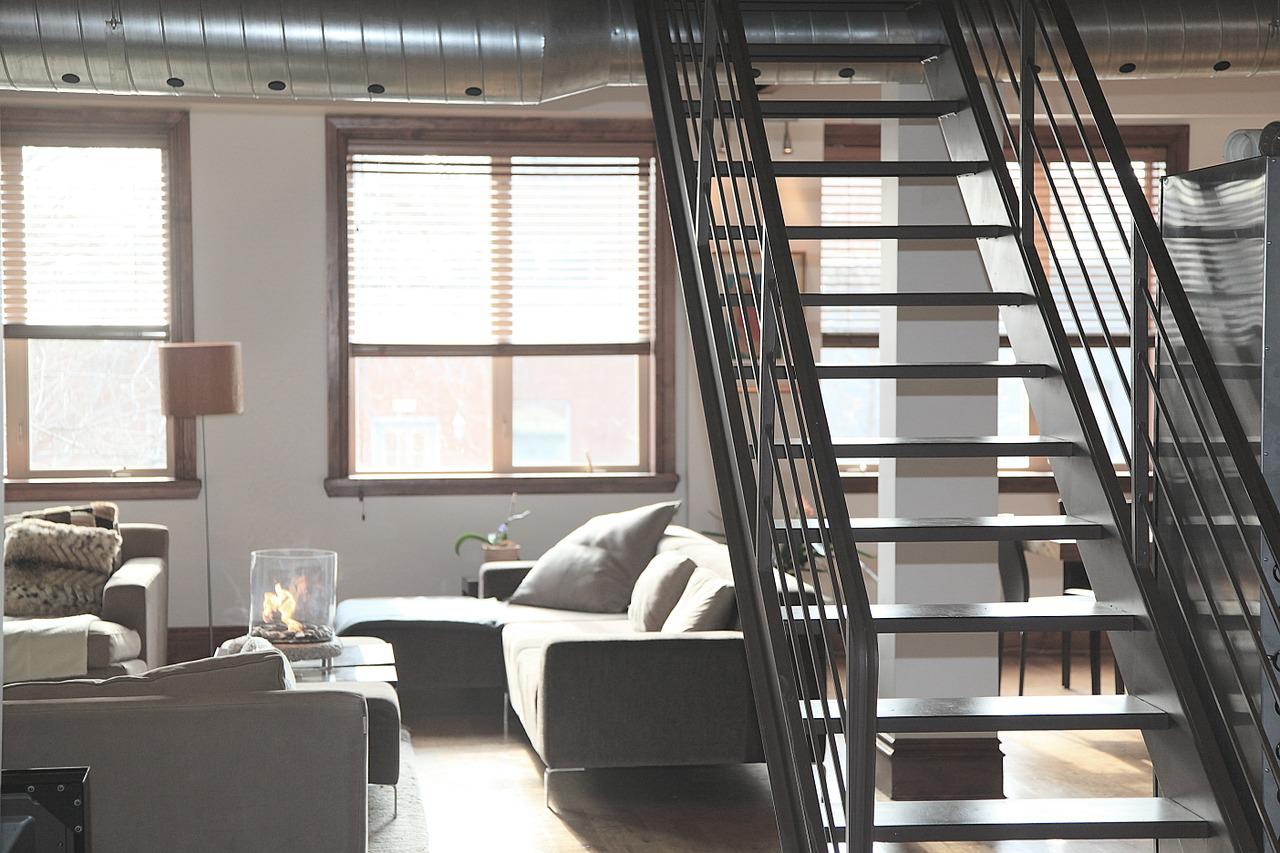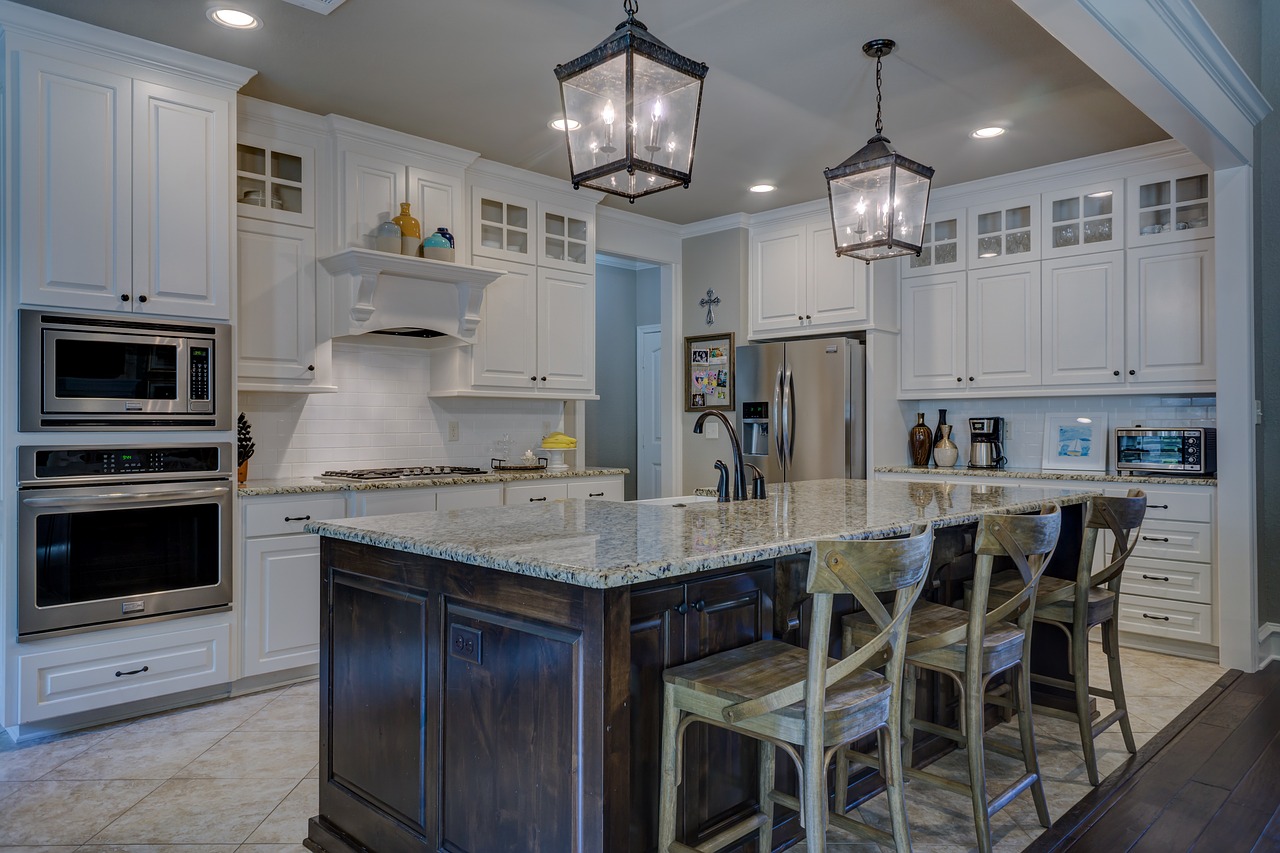The process of building a home is exciting, but it can also be overwhelming. There’s a lot to consider when you’re building your dream home, and it helps to have an idea of what might come up during the process. Here are some tips for getting started on your new home with confidence:
Start with a good plan.
You can start building your home in Howard County Maryland with a good plan. Before you begin, it is important to have a good plan for your new home, so that you know what needs to be done and how long it will take. The more time you spend planning out your project and how long it will take, the easier it will be when building starts.
 Talk to your realtor about the building.
Talk to your realtor about the building.
- Talk to your realtor about the building. Your real estate agent can help you find a lot and get an idea of costs. They will also be able to refer you to builders, lenders, and designers who may be right for your project.
Get prequalified for financing.
When you’re ready to start building your dream home, it’s important to get prequalified for financing. Prequalification is not the same thing as obtaining a mortgage and it does not guarantee that you will be approved for a loan. However, it does give you an idea of how much money you can borrow from a lender and what kind of rate and terms are available to you as a consumer. Prequalification also allows builders and developers the opportunity to gauge their ability to close on the sale with minimal risk if they find themselves in need of additional funds during construction or after closing that could otherwise cause delays or project failure.
The process begins by gathering all financial information including pay stubs, tax returns, bank statements, and other documents required by lenders (either internal or external depending on who is providing funding). Once this information is compiled into one place along with some basic information about yourself such as employment history, assets/liabilities, etc., we then calculate two things: how much money would be needed upfront before closing so buyers can afford their down payment plus monthly payments after closing; then we determine what interest rate would make these two numbers work together so both sides benefit financially when purchasing property together.”
Choose your lot wisely.
When choosing a lot, it is important to consider the following factors:
- Is it in a good school district?
- Is it easily accessible to amenities like grocery stores and gas stations?
- Is there good access to public transportation?
If you’re planning on sending your kids to private school, look for homes near those schools. If you have an hour commute on a daily basis, then choosing a home that is close to major roads may be ideal for your family.
Hire a reputable builder.
A good builder will build your home with the highest level of quality, on time, and within budget. Without a reputable builder, you’ll likely run into problems with your home’s construction and be left wondering what to do next. You should also look for a builder who has experience building in your area so they understand the local climate and building codes. In addition to experience, it’s important to find someone who is willing that work with you throughout all phases of the home-building process. You need someone who is willing to answer all of your questions along the way, provide guidance on design choices and help make decisions about materials used inside or outside your new house
Understand the process and what you can expect.
It’s important to understand the process and what you can expect. The first phase of building a home is the design phase, which typically takes 1-2 years. It’s followed by the permit phase, which can take another 2 years or so. Once your permits are approved, construction begins!
 Research and plan for upgrades and options.
Research and plan for upgrades and options.
As you’re planning your home, consider the resale value of the home. The more popular a design is, the higher its resale value tends to be. A good rule of thumb is if it looks like the most popular style in Howard County Maryland or surrounding areas, it’s probably not going to be worth as much when you go to sell it later on down the line.
The same principle applies over time: If your idea of how homes should look changes drastically over a period of five years (or ten), then that may be an indication that what you bought at first wasn’t quite right for your needs either now or later on down the road
Know your budget at each step of the way.
It’s important to know your budget at each step of the process. You can then set realistic expectations for what you can afford and decide if it’s worth spending more than that amount. It’s also helpful to keep track of your budget throughout the process so that you’re aware when something is going over or under budget.
If you go over budget, it’s advisable to cut back on some areas until you’re back in line with what was originally agreed upon. If you go under budget, consider adding some additional features that were not originally planned—but remember: don’t spend more than what was originally planned!
Design with resale in mind and think about what homebuyers may want in 5-10 years.
As you’re building your home, it’s important to think about resale value—not just initial cost. Homebuyers want homes that are beautiful and functional for their needs, but they also want a place that can be sold for a profit at some point in the future.
So what will be popular in 5-10 years? What won’t be popular? How will the home’s location affect resale value? How will the size of the lot or house affect resale value?
- Resale value is directly related to location. The further out from downtown Howard County you build your new home, the higher your property taxes will be and therefore harder it will be for you to sell later on. This can even mean having difficulty selling during an economic downturn because buyers are looking at things like “is my commute going to increase by 10 minutes?” or “will I have any job prospects because none of my favorite companies are nearby.”
- Homes built with better materials tend to hold their value better than those constructed cheaply (like so many starter homes). You might pay more upfront but save money in the long run by not having an ugly home as compared to one made up of high-quality materials.
Building a home is an exciting process when you have a good plan to follow and are financially prepared
Building a home is an exciting process when you have a good plan to follow and are financially prepared.
The process does not always go smoothly, however. It can take a long time, cost more than you planned and be stressful at times. But with patience and perseverance, the rewards will far outweigh any difficulties along the way.
Conclusion
When you’re considering building a home in Howard County, MD, there are several things you can do to make sure the process goes smoothly. First of all, start with a good plan. That means talking to your realtor about building and getting prequalified for financing. Then choose your lot wisely. You want it to fit in well with the neighborhood while still being affordable enough that people will want it when they see its price tag on the market! Hire a reputable builder who has experience in this area—don’t forget about resale potential either because new construction homes are more attractive. And don’t underestimate the research and planning time needed before construction starts



 Research and plan for upgrades and options.
Research and plan for upgrades and options.

